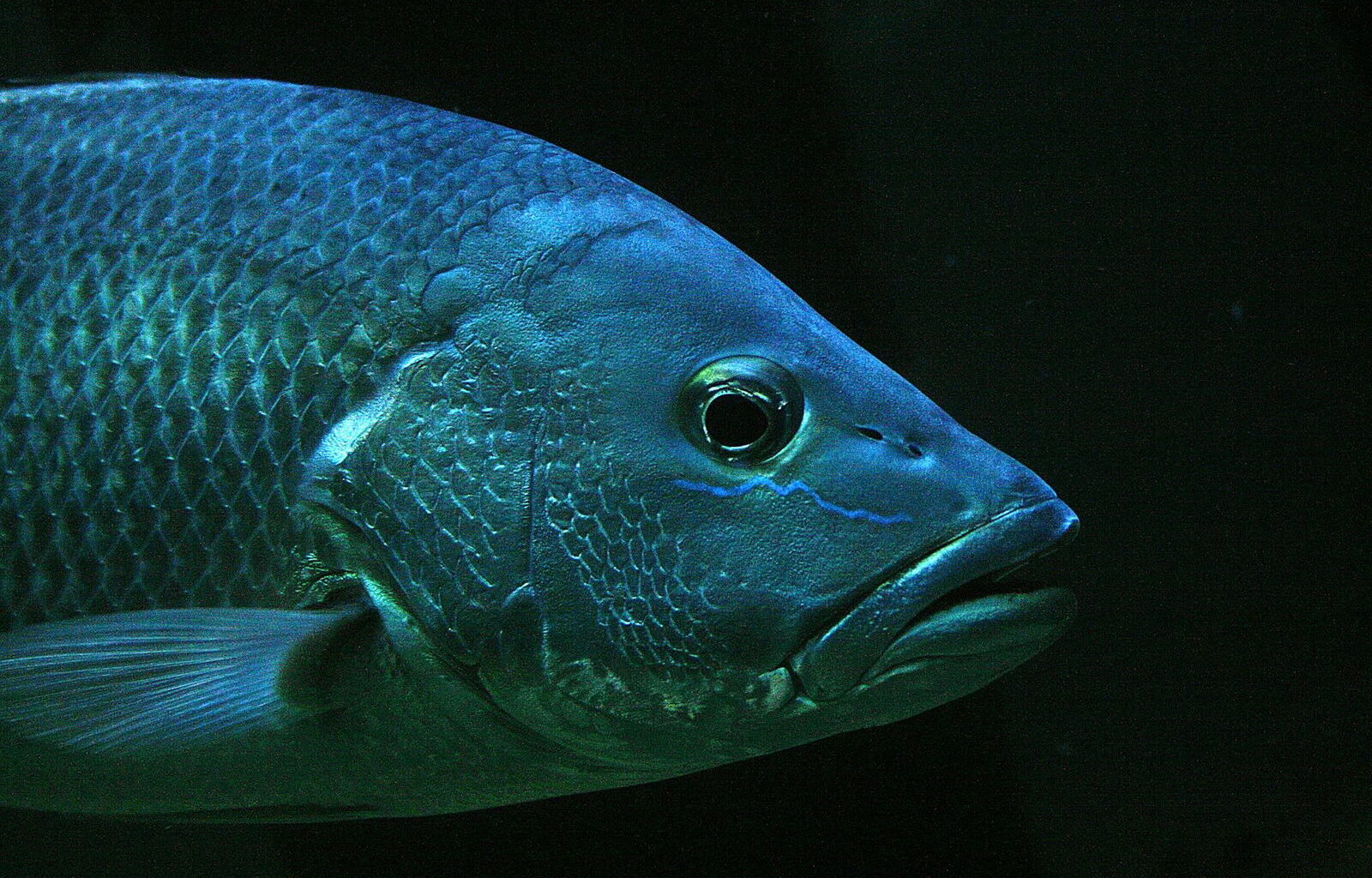An international team of researchers has uncovered a “supergene,” a genetic mechanism that helps explain how new species can arise and evolve with astonishing speed.
By examining the DNA of over 1,300 cichlid fish from Lake Malawi in East Africa, scientists have found that large segments of ‘flipped’ DNA—known as chromosomal inversions—act as evolutionary accelerators, enabling these fish to rapidly adapt to new environments and diversify into hundreds of distinct species. The research was published in the journal Science.
The question of how Earth’s immense diversity of life arose has long fascinated biologists. Nowhere is this question more vivid than in the waters of Lake Malawi, where more than 800 species of cichlid fish have evolved from a single ancestral species in just a few million years—a blink of an eye compared to the evolutionary split between humans and chimpanzees. These cichlids display a dazzling array of forms and behaviors: some are large predators, others graze on algae, sift through sand, or feed on plankton. Each has carved out a unique ecological niche, all within the confines of a single lake.
The new study, led by researchers from the Universities of Cambridge and Antwerp, reveals that the secret to this rapid diversification lies in the architecture of the cichlids’ genomes. The team discovered that in some cichlid species, substantial stretches of DNA on five different chromosomes are inverted. In other words, it’s a type of mutation that flips a segment of DNA end-to-end.
It’s a seemingly simple rearrangement, but it has profound consequences for evolution.
Under normal circumstances, when animals reproduce, their DNA is shuffled in a process called recombination, which mixes genetic material from both parents. However, within a chromosomal inversion, this mixing is blocked. As a result, gene combinations inside the inversion are inherited as a package, generation after generation. This preserves clusters of genes, sometimes referred to as “supergenes,” that work well together, maintaining advantageous adaptations without being broken up by recombination.
“It’s sort of like a toolbox where all the most useful tools are stuck together, preserving winning genetic combinations that help fish adapt to different environments,” explained lead author Moritz Blumer from Cambridge’s Department of Genetics in a press statement.
These supergenes often control crucial traits such as vision, hearing, and behavior—traits that are essential for survival in Lake Malawi’s diverse habitats. For instance, fish living in the lake’s dark depths need different visual adaptations than those near the sunlit surface, and supergenes help maintain these specialized traits.
The study also found that these chromosomal inversions help keep species distinct, even when they live side by side and occasionally interbreed. The inversions prevent too much genetic blending, allowing new species to maintain their unique adaptations.
“When different cichlid species interbred, entire inversions can be passed between them – bringing along key survival traits, like adaptations to specific environments, speeding up the process of evolution,” said Blumer.
This spreading of “supergenes” between species seems to create better versions of the fish over their evolution.
Another intriguing discovery is that these inversions frequently serve as sex chromosomes, influencing whether a fish develops as male or female. Since sex chromosomes are often involved in the formation of new species, this finding opens new avenues for understanding the genetic basis of speciation.
While the research focused on cichlids, chromosomal inversions are not unique to these fish. “They’re also found in many other animals—including humans—and are increasingly seen as a key factor in evolution and biodiversity,” noted Professor Richard Durbin, co-senior author from Cambridge.
By illuminating how these genomic ‘superchargers’ work, the study brings scientists closer to answering one of biology’s most profound questions: how the tapestry of life on Earth became so rich and complex.
MJ Banias covers security and technology with The Debrief. You can email him at mj@thedebrief.org or follow him on Twitter @mjbanias.

